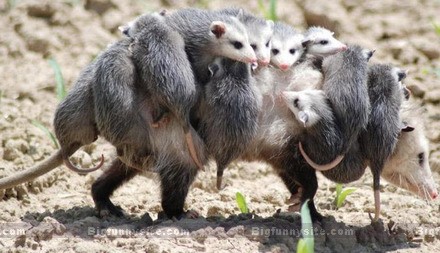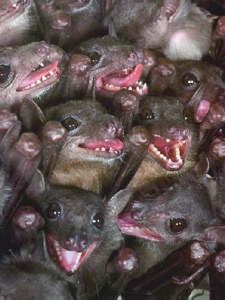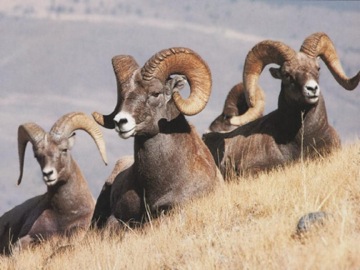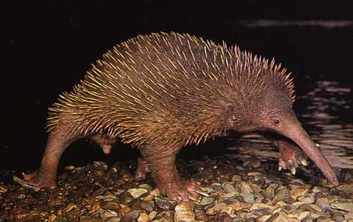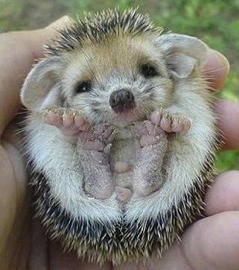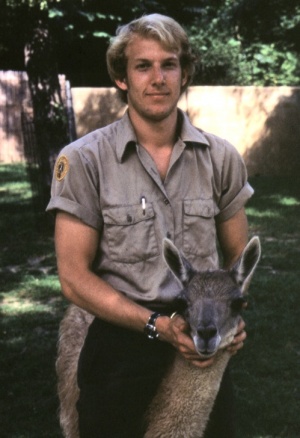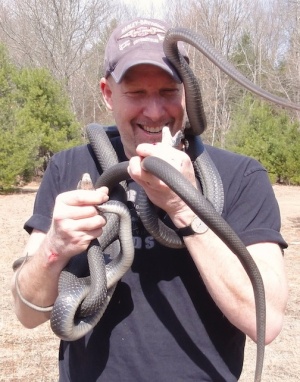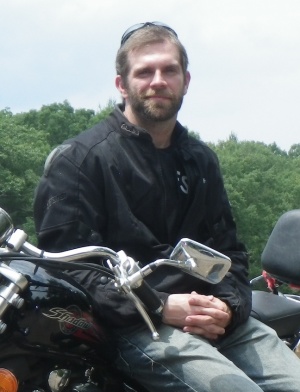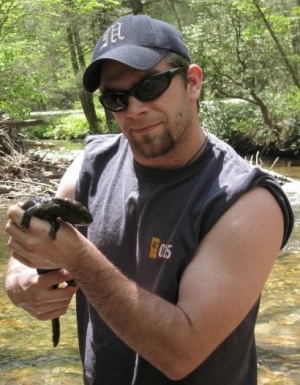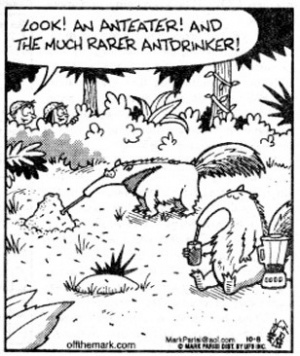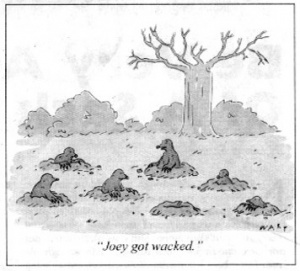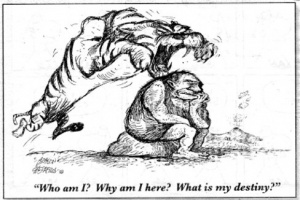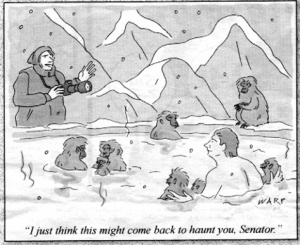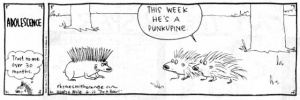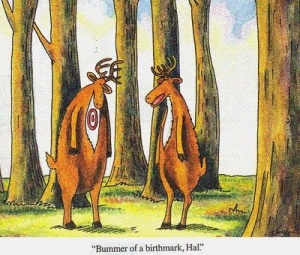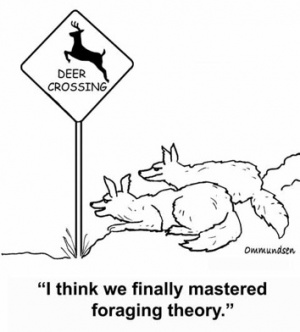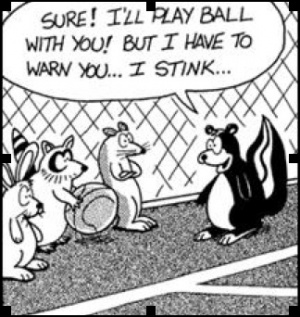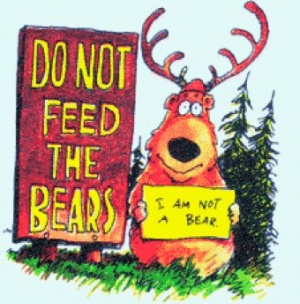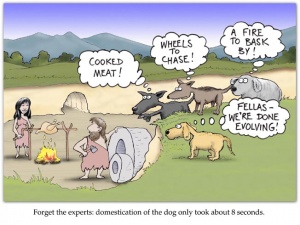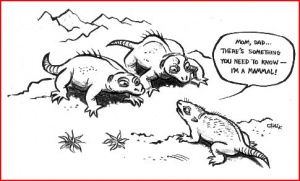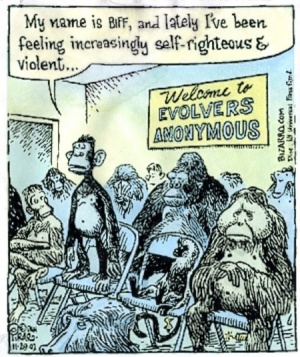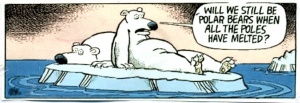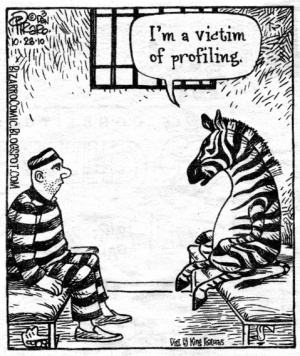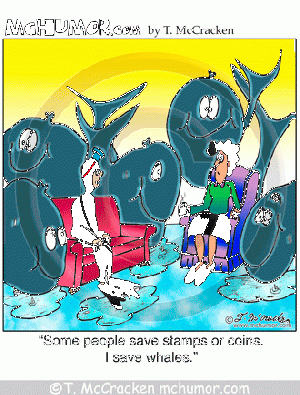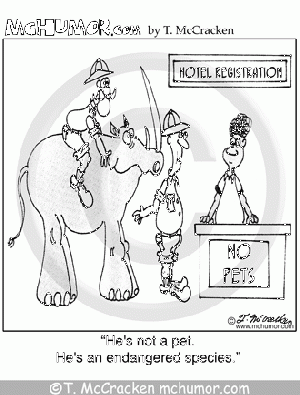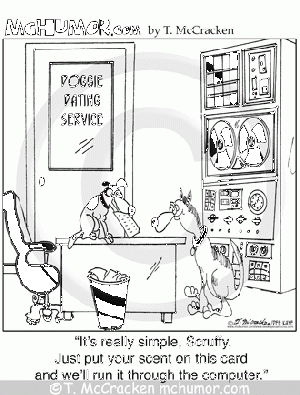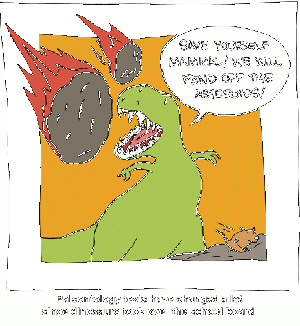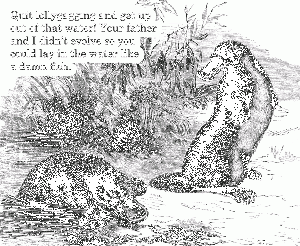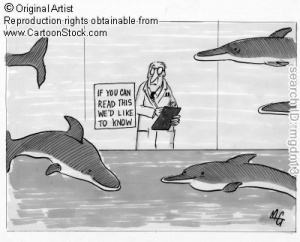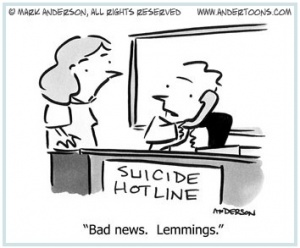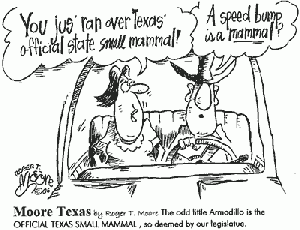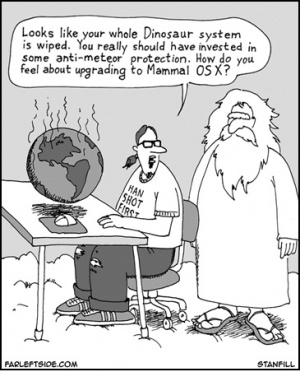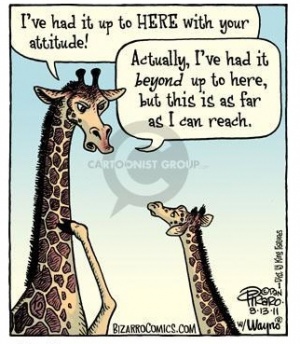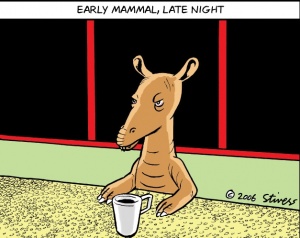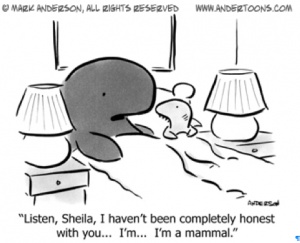Difference between revisions of "Mammalogy"
Kurt Schwenk (Talk | contribs) |
Kurt Schwenk (Talk | contribs) |
||
| Line 16: | Line 16: | ||
<br> | <br> | ||
[[Image:KurtBronxZoo77.jpg |thumb|left|Kurt in 1977 as Bronx Zoo mammal keeper, with juvenile guanaco (and hair!)]] | [[Image:KurtBronxZoo77.jpg |thumb|left|Kurt in 1977 as Bronx Zoo mammal keeper, with juvenile guanaco (and hair!)]] | ||
| − | [[Image:SchwenkLabLogoLgIcon.jpg|thumb| | + | [[Image:SchwenkLabLogoLgIcon.jpg|thumb|left]] |
[[Image:KurtEngulfedByRacers.jpg|thumb|right|Kurt engulfed by small, scaly, legless mammals]] | [[Image:KurtEngulfedByRacers.jpg|thumb|right|Kurt engulfed by small, scaly, legless mammals]] | ||
<br> | <br> | ||
Revision as of 04:36, 13 September 2013
MAMMALOGY
FALL 2013
Contents
INSTRUCTOR
Kurt Schwenk, Ph.D., Professor of Ecology and Evolutionary Biology
Office: PharmBio 600 (6th floor, next to north, freight elevators)
Lab: PharmBio 410, 412
Voice: (860) 486-0351
Lab phone: (860) 486-4158
Fax: (860) 486-6364
Email: kurt.schwenk@uconn.edu
Dr. Schwenk's web page
HOW TO GET TO KURT'S OFFICE (FROM THE TORREY LIFE SCIENCES BLDG.)
1. Go to basement of Torrey
2. Go to east end of hallway (the end closest to Pathobiology bldg., where PNB labs are)
3. Enter Pharmacy-Biology Bldg. through double doors
4. Walk down ramp to elevator - take elevator to 6th floor
5. Exit elevator and turn sharp right - office door is right there (my name is on the wall)
HOW TO GET TO KURT'S OFFICE (FROM SOUTH SIDE OF CAMPUS)
1. Enter Pharmacy-Biology Bldg. through main entrance
2. Go to lobby elevator, take to 6th floor
3. Exit elevator, turn right
4. Walk until you come to closed double doors that have sign on them saying 'Alarm Will Sound' - IGNORE THIS and walk right through
5. Walk down hallway past labs and at end of hall pass through another set of double doors into freight elevator vestibule
6. Kurt's office is immediately to left of elevator
TEACHING ASSISTANT
Bill Ryerson (doctoral student in Kurt's lab)
Office/Lab: BioPharm 410
Voice: 486-4158
Fax: 486-6364
Email: william.ryerson@uconn.edu
Web: http://hydrodictyon.eeb.uconn.edu/eebedia/index.php/William_Ryerson
ANNOUNCEMENTS
- (9/22) NOTE NEW DOWNLOADS AVAILABLE BELOW, INCLUDING LECTURE SCHEDULE. Lab schedule forthcoming.
- (8/28) OPTIONAL BOOKS YOU CAN ORDER ONLINE (These books are most useful for their chapter by chapter accounts of each of the major mammal groups. The sections on early mammals, morphology and evolution are poor, out-of-date and generally useless:
- Feldhamer et al. (2007) Mammalogy, 3rd edition, McGraw-Hill.
- Vaughan et al. (2011) Mammalogy, 5th ed. Jones and Bartlett.
COURSE DOWNLOADS
![]() UConn Fall 2013 Academic Calendar
UConn Fall 2013 Academic Calendar
![]() SYLLABUS WITH LECTURE SCHEDULE (keep watching this spot for lab schedule!)
SYLLABUS WITH LECTURE SCHEDULE (keep watching this spot for lab schedule!)
CT Mammal Guides (link will expire on 9/10): https://dropbox.uconn.edu/dropbox?n=CT%20Mammals.zip&p=W77GzQrHMzj9kEzEF
![]() Literary essay by Kurt on the problem of hierarchical ("vertical") thinking in animal classification, but also in life generally. Totally optional. If you read it and have an opinion—positive or negative—I would appreciate hearing from you.
Literary essay by Kurt on the problem of hierarchical ("vertical") thinking in animal classification, but also in life generally. Totally optional. If you read it and have an opinion—positive or negative—I would appreciate hearing from you.
LINKS
2013 Class Facebook Group https://www.facebook.com/groups/439160636196535/
MONOTREMES
Platypus evolution
Platypus feeding, locomotion, venomous spurs, reproduction, etc.
PILOSA
Giant anteater, Myrmecophaga – my personal favorite mammal in the world. I was once attacked by one at the Bronx Zoo…
Giant anteater with baby on back
Baby giant anteater – cutest, weirdest animal on the planet
CINGULATA
Armadillo foraging, using olfaction
TUBULIDENTATA
Aardvark foraging - note use of nose and olfaction to find prey
FEEDING
Giraffe feeding - tongue is used to strip leaves off of spiny Acacia trees in Africa
Lesser anteater (Tamandua) feeding on ants in trees
Pangolin feeding
Aardvark feeding - amazing tongue footage!
LOCOMOTION
Platypus locomotion - note laterally sprawled posture
Armadillo gathering grass
Armadillo locomotion
Lion skeleton animation showing mobile pectoral girdle and spinal flexion
Cheetah animated model showing extreme spinal flexion and increase in stride length
Baboon locomotion
Horse locomotion made from sequential still photos - note 4 feet off ground during gallop and relatively stiff spine
Kangaroo bipedal hopping - with each hop tendons stretch, then release elastic energy for rebound
PREDATION
Cheetah vs. gazelle
Harpy eagle vs. sloth
Golden eagle vs. mountain goat
Crowned eagle vs. water chevrotain
Golden Eagle vs. cougar
Jaguar vs. anaconda
Hunter vs. deer
Water buffalo vs. lion vs. croc
MAMMALOGY CARTOONS

